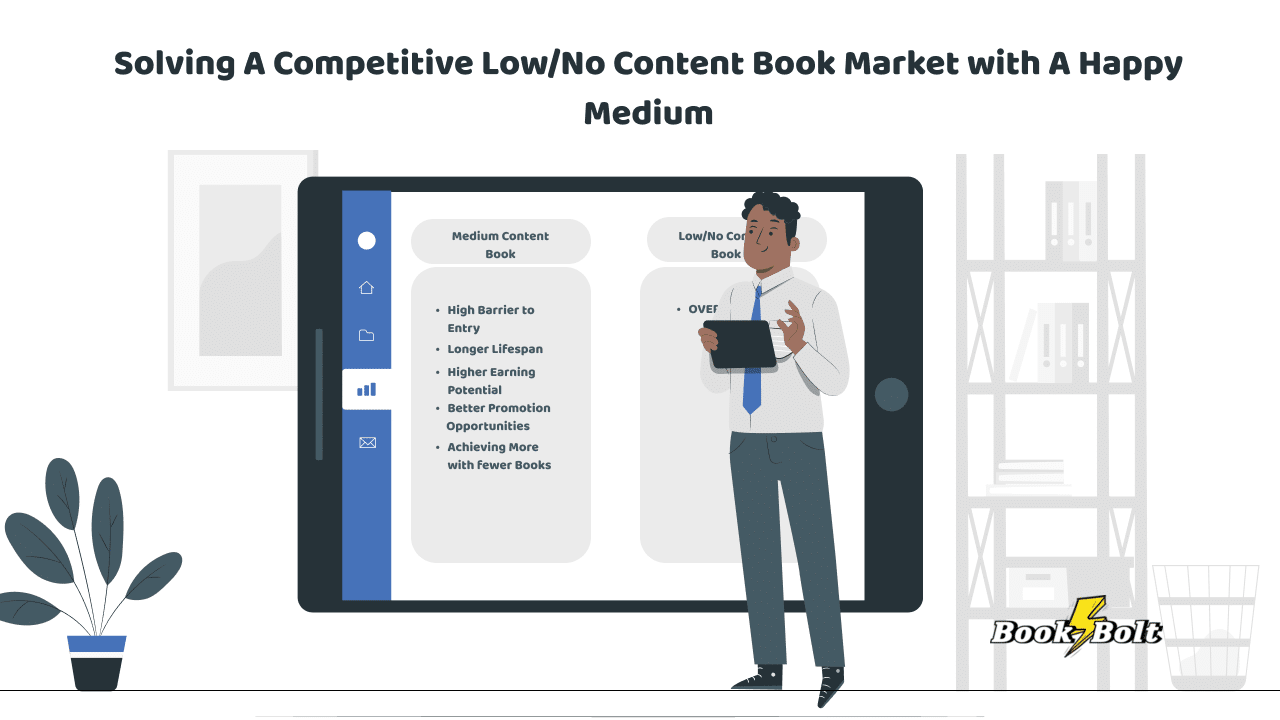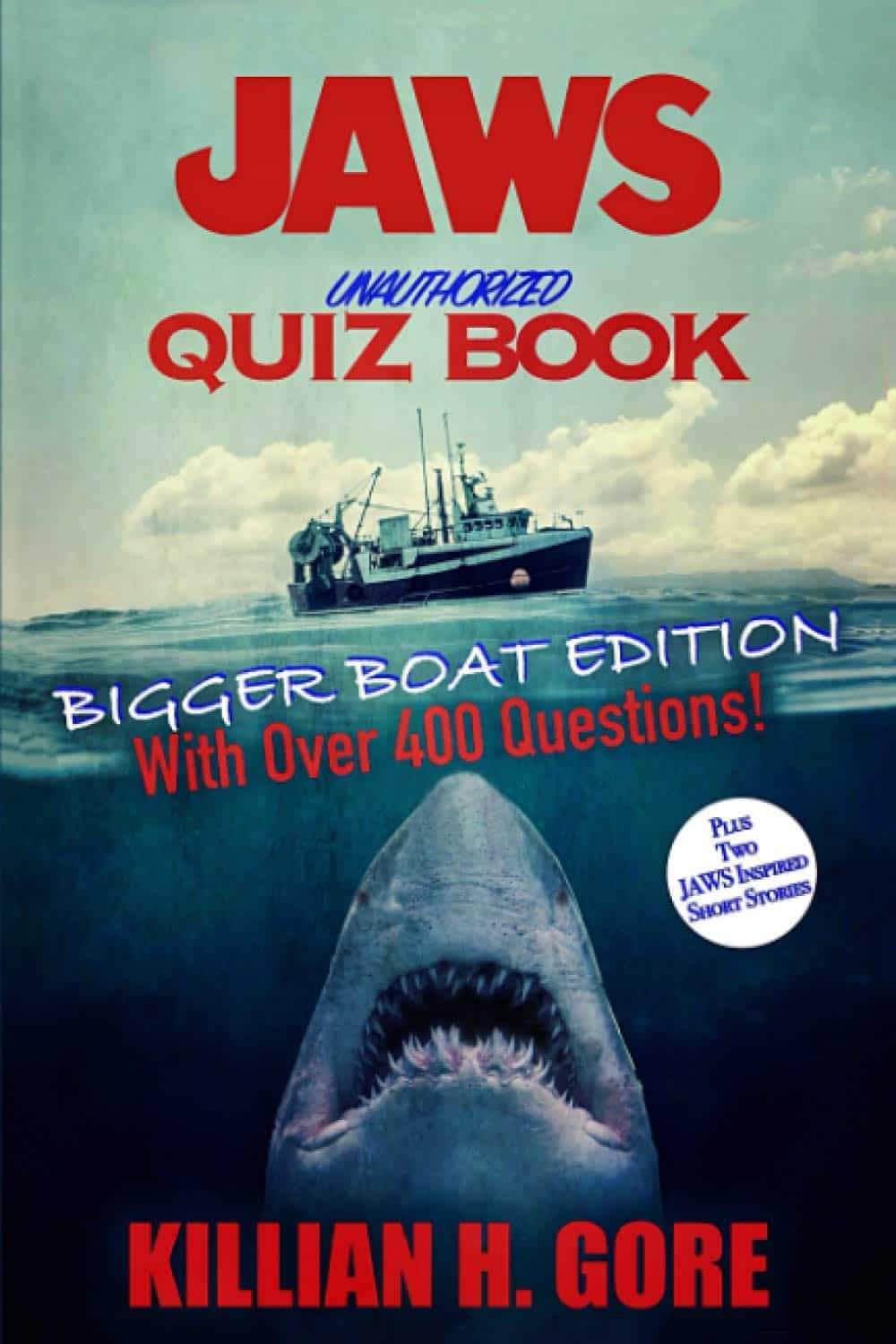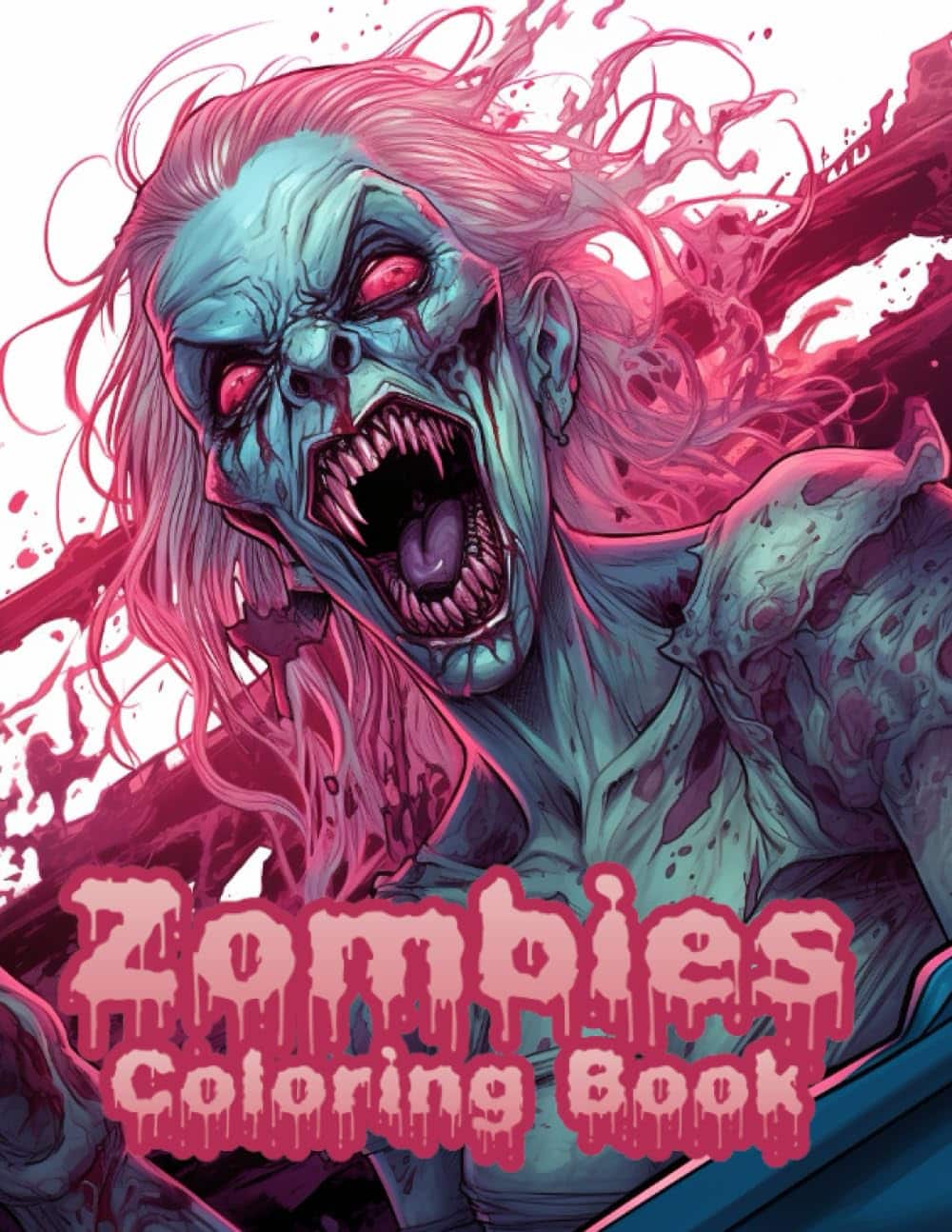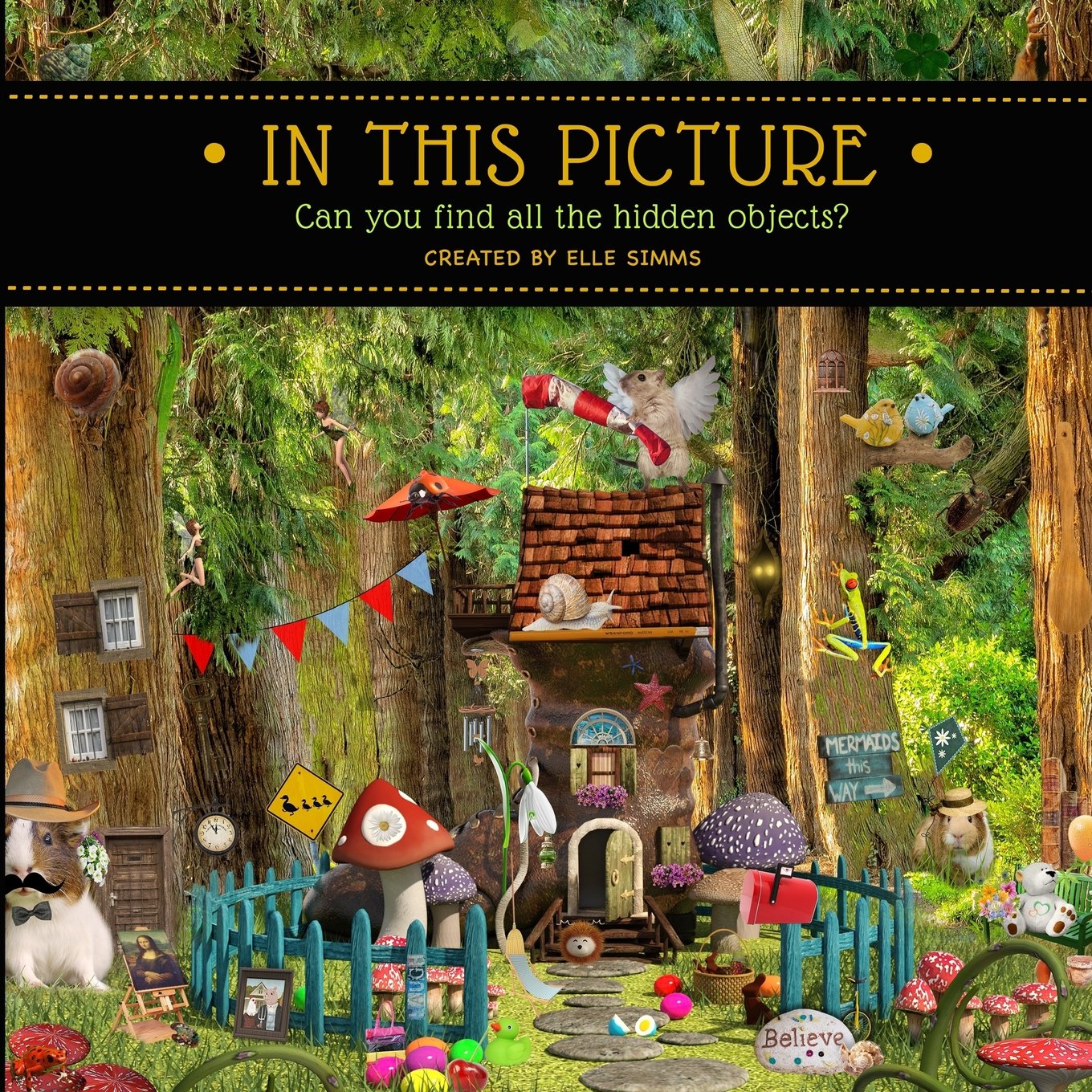
At the risk of sounding like a broken record, the low- to no- content book publishing market has become increasingly competitive due to the appeal of the low barrier to entry. Get-rich-quick’ers and system gamers have created countless numbers of product that we don’t even want to call “books”.
These are the folks who believed that books are commodities, not creative or useful media that appeal to the thinking customer.
We know that’s not you.
However, despite your best efforts, your low- to no-content books, while well-though out, well-designed and thoroughly researched, are not moving the way they used to. Along with other economic headwinds, this overcrowded pool of sharks is turning the water red.
It’s time to find blue water.
And that blue water lies in slightly upping your content strategy a notch, from no- or low- to medium.
What Are Medium Content Books?
There are three types of books you can publish on Amazon KDP: low-content books, medium-content books, and high-content books.
You may be wondering, where are KDP no-content books? Well, according to KDP’s latest update, both no-content books and low-content books can be considered the same and include sketchbooks, lined journals, notebooks, planners, and similar books with minimal or no content.
In general, medium content books include books that have unique content on every page.
These books include:
- coloring books
- activity books
- puzzle books
- other similar books with unique content on every single page.
As these books fall in between low-content books and high-content books, they are known as medium content books.
On the other hand, high-content books include typical fiction or non-fiction books with hundreds of pages of written content. Common examples of high-content books include how-to guides, step-by-step guides, self-help and self-improvement books, books on making money, investing, and more.
So, now that you have a fairly good idea of low content books, medium content books, and high-content books, let’s delve into why the author focuses on medium content books.
Though the re-classification of no-content books is relatively recent, the success of medium-content books over low/no has been consistent for years.
Case in point: an author started with Amazon KDP by publishing medium content books back in 2017 and getting consistent sales. After two years in medium-content books, they discovered low-content books and started publishing hundreds of low-content books, including notebooks, journals, sketchbooks, planners, and similar books. You know, the way it’s been promoted so heavily the last few years.
However, despite publishing a ton of low-content books on Amazon KDP, their best-selling books, which made more than 80% of their total KDP earnings, still remain the medium-content books.
Why Create Medium Content Books?
1 – High Barrier to Entry
Looking at this from a non-creative standpoint, this is the most important reason.
Medium content books, including activity books, math workbooks, puzzle books, and coloring books, are harder to make. Not every KDP publisher is creating them. For example, creating math workbooks can take a lot of time and effort if done manually.
Sure, some publishers might invest in software like a Math Worksheets Generator, not every KDP low-content publisher can afford this software or put in the time and effort to create them manually. Therefore, the competition is low and may remain so for years.
2 – Medium Content Books Have a Long Lifespan
Medium content books tend to have a longer shelf life compared to simple low content books like journals, composition notebooks, and planners. They are sort of evergreen books that keep selling throughout the year and for a long time period.
Many activity books, puzzle books, coloring books, and similar books on Amazon were published years ago and still maintain good best-seller ranks. In other words, medium content books are worth the time and effort put into creating them.
3 – Higher Earning Potential
Medium content books provide more value to the end user, allowing you to price them a dollar or two higher.
For instance, if you publish two different books, a simple lined journal and a math workbook, both with 120 pages inside, you can confidently price the math workbook at $7.99 or even $8.99.
However, you might think twice about pricing a simple lined journal over $6.99 – lined journals are almost commodities.
In this way, a math workbook or a puzzle book can potentially bring you at least $1 more per copy sold. Medium content books can be more profitable as they offer a higher return on investment (the time and effort taken to create them).
4 – Better Promotion Opportunities
This also means you can run profitable Amazon ads for them.
Running Amazon ads for a book priced at $5.99 can be expensive, as you will be paying per click and earning a very low royalty per copy sold. For example, with a low-content book of 120 pages priced at $5.99, you will earn $1.30 per sale, and you will need to maintain an ACoS (Advertising Cost of Sales) of 21.70% to break even while running ads for that book.
On the other hand, if you have a medium content book with the same page count (120 pages) priced at $7.99, it can earn you $2.50 per copy sold. Hence, you can run Amazon ads for such books at a relatively higher ACoS (31.28% to break even).
Medium content books can potentially provide a higher return on investment when it comes to running paid ads, like Amazon ads. This is another advantage of publishing better and harder-to-create books that not many people are creating.
5 – Achieving More with Fewer Books
As mentioned above, medium content books are more profitable compared to low content books. Consequently, you can earn a decent monthly income even with a smaller number of high-quality medium content books.
Less work, higher return. Which, of course, is what so many people expected when they flooded into the low/no publishing business.
Are these books harder to make? Yes. But they can be priced higher and potentially make you more money for a longer period of time.
You got into this business for a reason – you wanted to be a publisher, not a commodities broker. Low- to no- content books are a great way to get your feet wet if the high-content publishing world seemed too daunting. What we’ve presented above is a…happy medium.



Gene Snyder
This is good information…but…What I’m really looking for is an alternative to KDP or another outlet for selling activity and puzzle books. Are there any? Or does KDP have a stranglehold on this type of self publishing?